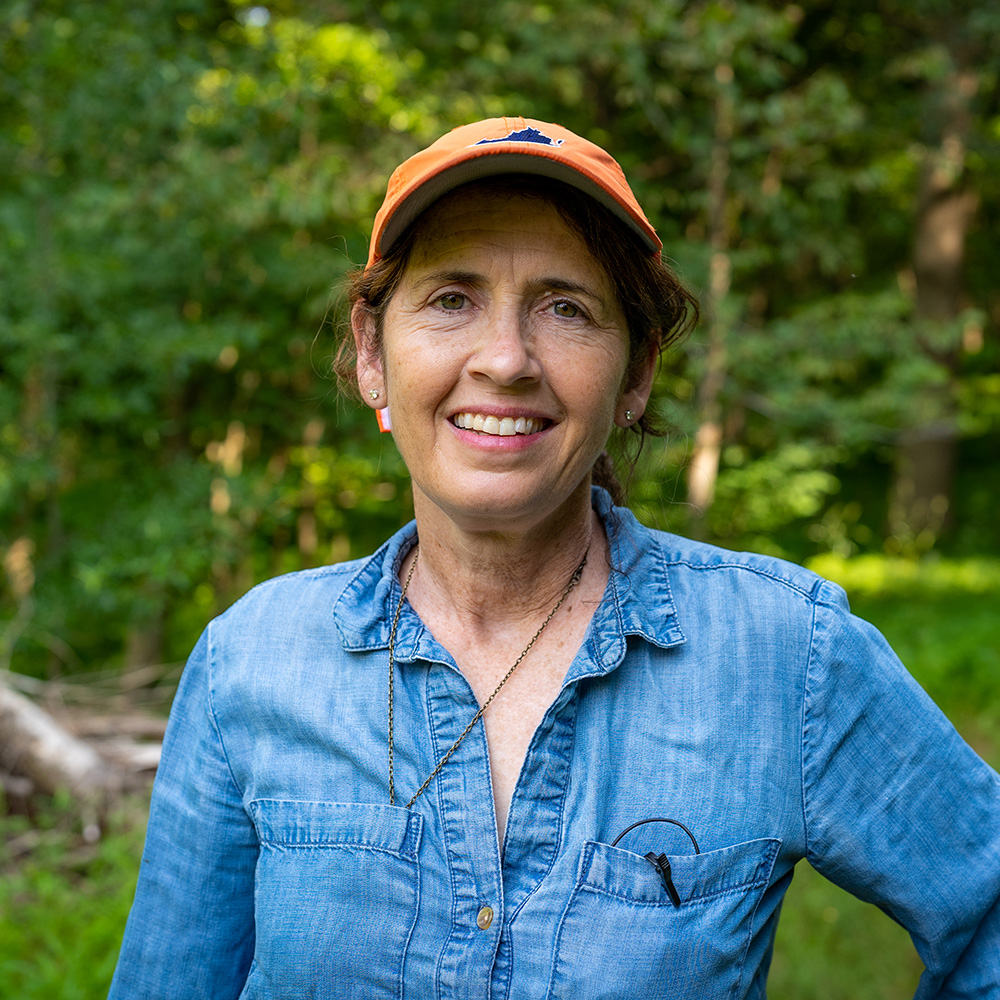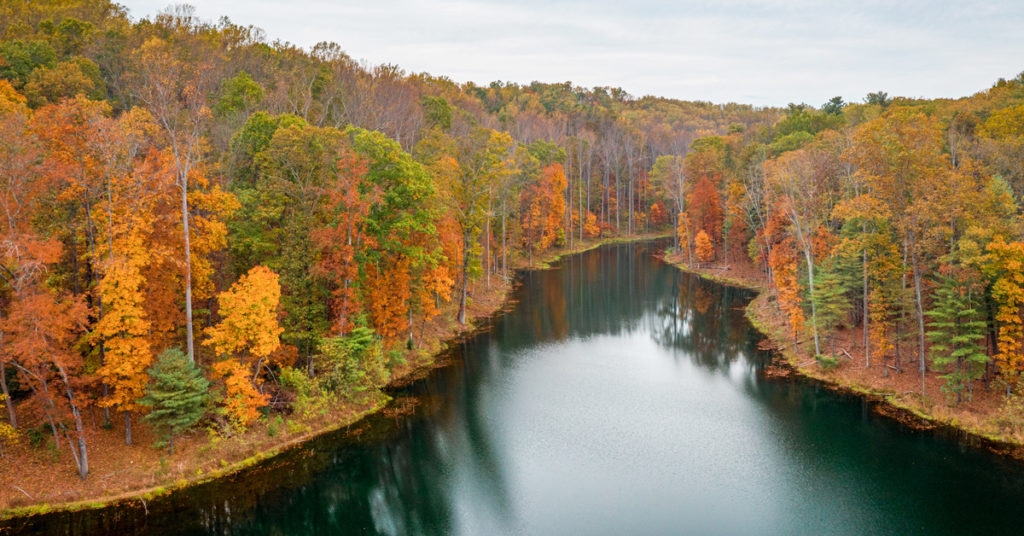PEC has assembled an easement packet filled with important information about conservation easements — including a sample PEC easement and guidelines on how to proceed with donating an easement.
Intro to Conservation Easements
An easement is a voluntary land preservation agreement between a landowner and a land conservation organization, designed to protect the agricultural resources, forest resources, scenic open space, or wildlife habitat that may exist on a property.

Conservation Easement Stories: Dr. Sam Ahdoot
Dr. Sam Ahdoot placed her land in Rappahannock County under a conservation easement with The Piedmont Environmental Council in 2019. The easement was designed to have many public benefits, including the protection of clean water, restoration of native plant and wildlife habitat, and the scenic views from Shenandoah National Park and F.T. Valley Road.
What Are the Tax Benefits of an Easement?
Learn more about the tax benefits associated with donating a conservation easement.
Who Accepts Conservation Easements / How Do I Get Started?
Choosing the right organization is essential for you and your property.
Why Should I Donate a Conservation Easement?
Your land matters to you and future generations.

What Are the Public Benefits of Conservation Easements?
Protection of clean air, water, productive farms and forests, historic resources, wildlife habitat and more.
What is a Conservation Easement?
A conservation easement is a land preservation agreement between a landowner and a governmental or non-profit conservation organization that places permanent limits on the future development of a property in order to protect the conservation values of the land. The easement may also specifically protect natural, scenic or historic features of the property.
